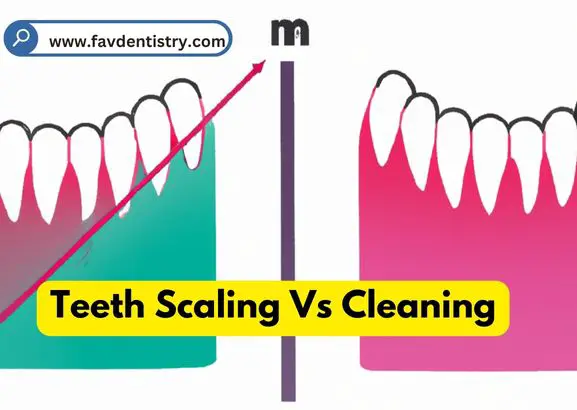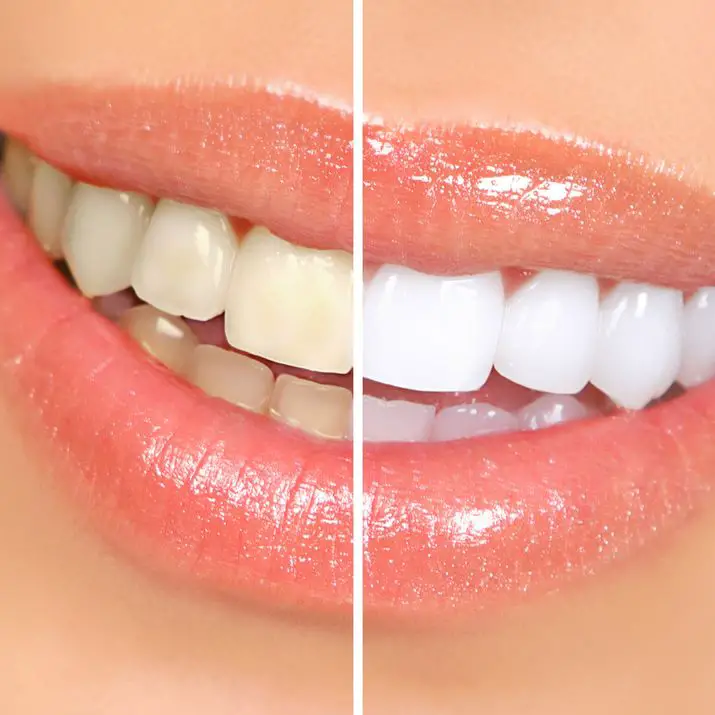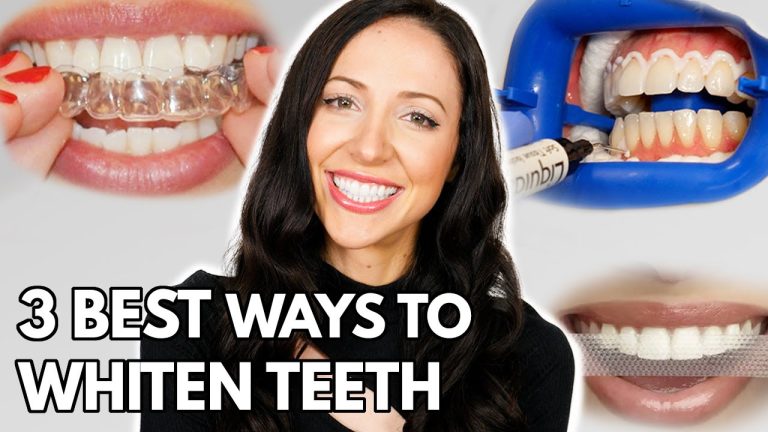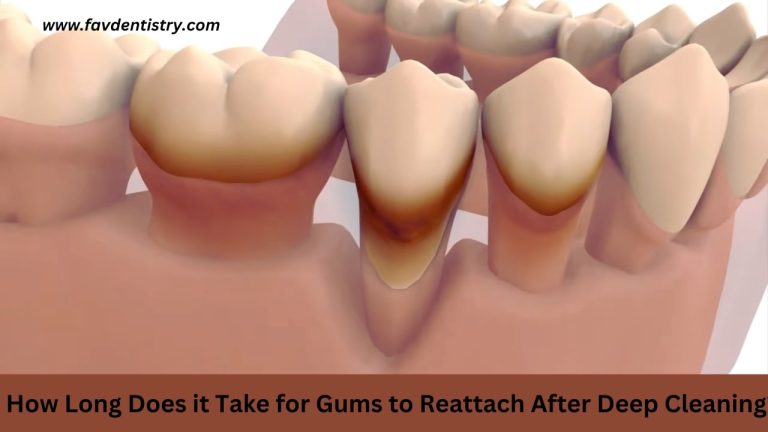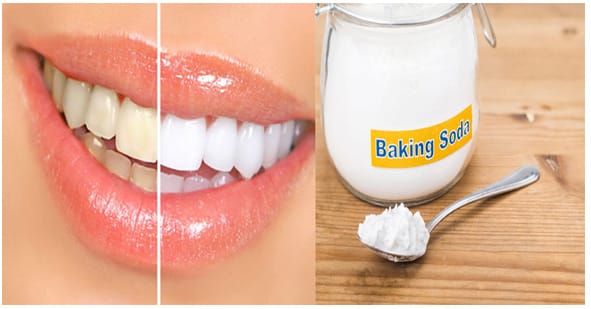Last Updated on 2 weeks by DR. ALBIN SIPES
Teeth are porous for 24-48 hours after whitening, allowing substances to penetrate easily for a short period. Teeth whitening is a popular cosmetic procedure that aims to brighten the color of teeth by eliminating stains and discoloration.
However, many people wonder how long their teeth might remain porous after undergoing this treatment. Understanding the longevity of tooth porosity is crucial for maintaining good oral hygiene and preserving the results of the whitening procedure. We will explore the duration for which teeth remain porous after teeth whitening, providing valuable insights for individuals seeking post-treatment care and recommendations.
By the end, you will have a clear understanding of the time frame in which teeth are susceptible to substances that can compromise the whitening effects.
Teeth Porosity Post-whitening: Duration Insights
Teeth porosity post-whitening is a crucial aspect to consider in maintaining dental health after undergoing a whitening procedure. Understanding how tooth enamel reacts to whitening agents can provide insights into the duration of teeth porosity after the procedure.
Whitening agents play a significant role in altering tooth porosity. These agents, such as hydrogen peroxide or carbamide peroxide, penetrate the enamel and break down stains or discolorations. In this process, the enamel’s microscopic pores expand, allowing the whitening agents to reach deep into the tooth structure. This temporarily increases the porosity of the teeth, making them more susceptible to external factors such as staining agents.
After the whitening procedure, the duration of teeth porosity varies depending on several factors, including the type of whitening product used, the concentration of active ingredients, the condition of the tooth enamel before whitening, and individual oral hygiene practices. Generally, teeth porosity may persist for a few days to a few weeks post-whitening. During this period, it is essential to avoid consuming stain-causing substances and maintain proper oral hygiene to minimize the risk of re-staining.
Exploring Tooth Porosity Fundamentals
Teeth porosity refers to the level of permeability of tooth enamel, which can affect the overall appearance and health of our smiles. When it comes to tooth porosity, it’s important to understand its fundamentals. Defining tooth porosity is the first step in recognizing its impact. Factors contributing to natural tooth porosity include genetics, age, and dental hygiene habits. Regular brushing and flossing can help maintain good oral health and reduce porosity levels.
However, tooth porosity can vary before and after whitening treatments. Teeth whitening agents can temporarily increase the level of porosity in the enamel, making the teeth more susceptible to stains and discoloration. It’s important to follow proper post-whitening care to minimize the impact on porosity. This may include avoiding staining substances and using desensitizing toothpaste to reduce sensitivity.
The Whitening Process Exposed
Teeth whitening treatments are a popular way to enhance the appearance of your smile. The whitening process works by using peroxide-based bleaching agents that penetrate the enamel and break up the stains. This can make the teeth appear brighter and whiter. Different methods of whitening can have varying effects on the tooth enamel.
Professional whitening procedures usually involve higher concentrations of bleaching agents and are performed in a dental office. These treatments can provide faster and more dramatic results, but they may also increase the risk of tooth sensitivity. On the other hand, at-home whitening options, such as whitening toothpaste or strips, typically have lower concentrations of bleaching agents and can take longer to produce noticeable results. However, they are generally considered to be less risky for enamel damage.
It is essential to consult a dentist to determine the most suitable whitening method for your individual needs. They can guide you on the best approach to achieve a brighter smile while minimizing any potential risks to the health of your teeth.
Teeth Porous After Whitening: The Duration
Teeth porosity is a concern for many people after whitening treatments. Immediate post-whitening porosity changes occur for a brief duration. During this time, the tooth enamel becomes more permeable, allowing substances to penetrate the tooth’s surface more easily. The duration of this immediate porosity can vary from person to person.
Normal porosity restoration occurs over time. Typically, it takes a few days for the tooth enamel to regain its normal level of porosity after a whitening treatment. However, external factors can influence the duration of porosity. Factors such as diet, oral hygiene practices, and exposure to staining substances play a role in how long teeth remain porous after whitening.
| Factor | Description |
|---|---|
| Diet | A diet high in acidic or staining foods and beverages can prolong porosity. |
| Oral hygiene | Poor oral hygiene practices can contribute to prolonged porosity. |
| Staining substances | Exposure to substances like tobacco, coffee, or red wine can extend the duration of porosity. |
Navigating The Porous Phase
After teeth whitening, your teeth enter a temporary porous phase. During this period, it is crucial to follow best practices for oral care to ensure optimal results and maintain the brightness of your smile. Here are some important tips to keep in mind:
Best Practices For Oral Care Immediately After Whitening:
- Brush your teeth gently using a soft-bristle toothbrush to avoid causing any damage or sensitivity
- Use a toothpaste specifically designed for sensitive teeth to minimize discomfort
- Floss regularly to remove any residual plaque or food particles
- Limit the consumption of highly pigmented foods and drinks that can stain your teeth, such as coffee, tea, red wine, and berries
- Avoid acidic foods and beverages, including citrus fruits and carbonated drinks, as they can weaken tooth enamel
- Avoid smoking or using tobacco products, as they can cause discoloration and other oral health issues
Tips To Minimize Tooth Sensitivity During This Period:
- Avoid extremely hot or cold foods and beverages
- Use a toothpaste formulated for sensitive teeth, which can help alleviate sensitivity
- Consider using a desensitizing gel or mouthwash recommended by your dentist
- Try using a straw when consuming liquids to minimize contact with your teeth
- Avoid aggressive brushing or using a toothbrush with hard bristles
- If you experience severe or prolonged tooth sensitivity, consult your dentist for further guidance
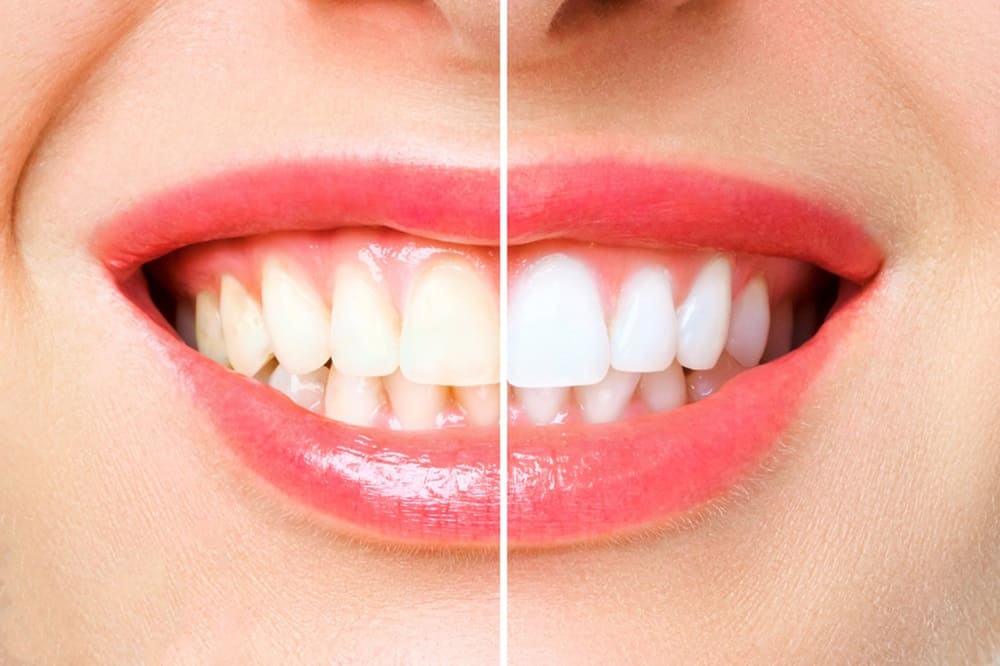
Credit: totallydental.ca
Long-term Management Post-whitening
After undergoing teeth whitening treatment, it is important to implement strategies that promote enamel integrity in the long run. One key aspect of maintaining enamel health is reinforcing enamel after the porous phase. During the whitening process, the teeth become porous, making them more susceptible to staining and damage. To counteract this, it is advisable to use enamel-strengthening products like fluoride-based toothpaste and mouthwash, which help to remineralize the teeth and minimize potential harm.
Follow-up treatments also play a vital role in preserving tooth health post-whitening. Regular dental check-ups and cleanings are crucial to monitor the condition of the teeth and ensure any potential issues are addressed promptly. Additionally, follow-up treatments like touch-up whitening sessions or using at-home whitening kits can help maintain the desired level of whiteness while minimizing enamel damage.
By adopting these strategies for long-term management post-whitening, individuals can enjoy a bright and healthy smile for years to come.
Conclusion
Teeth can remain porous for a certain period after a whitening treatment. It is important to follow proper oral hygiene practices and avoid staining agents to maintain the results. Remember that tooth enamel is a valuable asset, and taking care of it should be a priority.
By understanding the porous nature of teeth and implementing good habits, you can ensure a bright and healthy smile for the long term.

